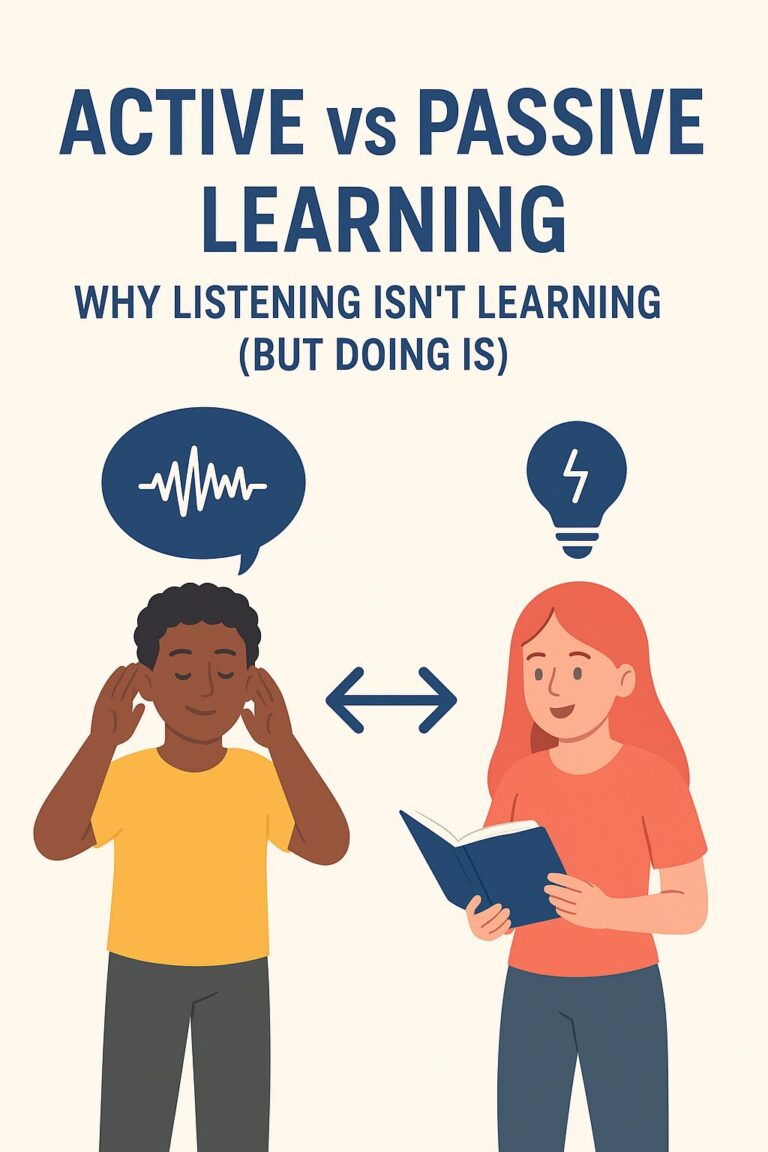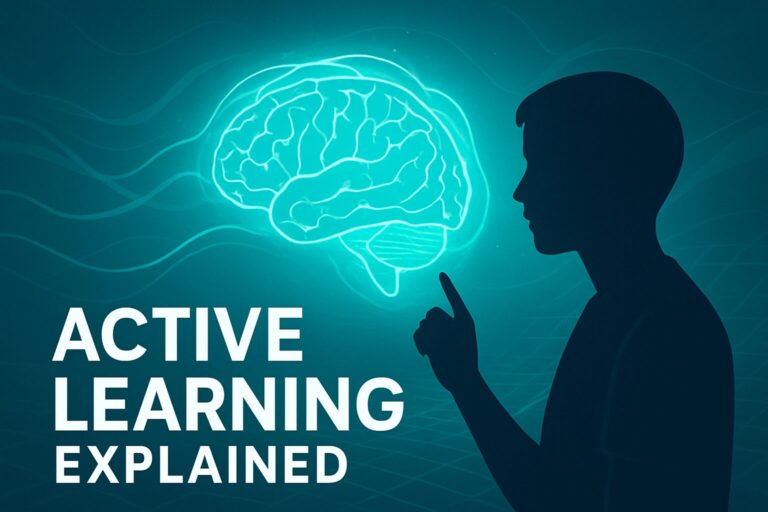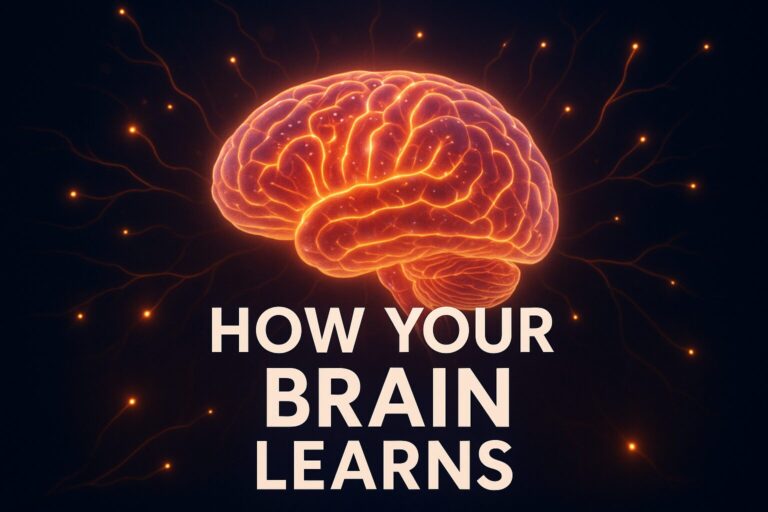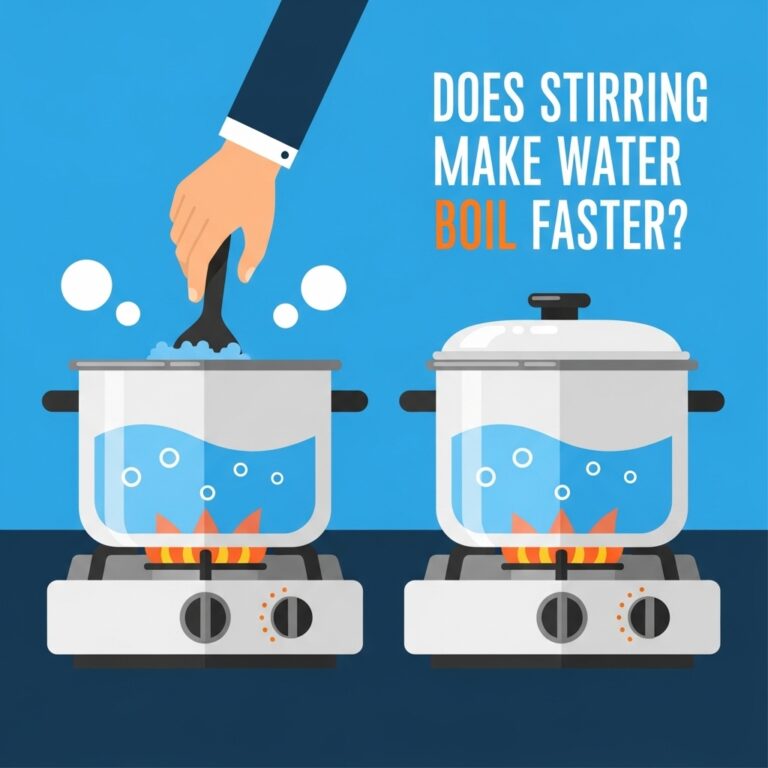
Unlocking the Mind (Science of Learning)
The Science of Learning! Imagine your brain as a vast library. Each new piece of information you encounter – a formula in math, a date in history, a new word in English – is like a book waiting to be shelved. But here’s the catch: some books vanish before they ever find their place, while others stay locked in forever.

Why does this happen?
The answer lies in the science of learning. For centuries, teachers and philosophers debated how the mind works. Today, neuroscience and psychology give us remarkable clarity: the brain follows patterns. If we understand those patterns, we can learn faster, retain more, and even enjoy the process.
This chapter will take you through seven brain secrets – not tricks, but proven scientific insights – that explain how learning really works.
Secret 1: The Power of Chunks
Think of trying to carry water in your hands. It slips through your fingers. But put it in a cup, and it stays. That’s what chunking does for the brain — it takes scattered information and groups it into containers.
Instead of forcing yourself to remember 149217761945, the brain prefers 1492, 1776, 1945. History, suddenly memorable.
📖 Lesson: Break your learning into small, digestible pieces. A 25-minute focused session is far more powerful than a marathon of unfocused cramming.
Read more: Harvard University on chunking

Secret 2: The Library Only Closes With Sleep
In our library metaphor, the librarian doesn’t just shelve books while you’re awake. At night, while you sleep, the brain is quietly organizing, labeling, and locking away knowledge. Without sleep, the books never find their shelf.
Lesson: Protect your sleep as part of your learning. Seven to nine hours after study is like pressing “save” on everything you’ve worked for.
🔗 NIH: Sleep helps cement memories

Secret 3: The Pathway Principle
Picture a trail in a forest. Walk it once, and the grass bounces back. Walk it daily, and soon it becomes a clear path. This is how the brain builds memory: repetition turns faint traces into strong highways of knowledge.
📖 Lesson: Use spaced repetition. Return to material days later. Review, revisit, relearn. The trail only deepens with time.
🔗 APS: The science of spaced repetition

Secret 4: When Emotion Becomes the Ink
What is your most vivid memory? Chances are, it carries strong emotion – joy, fear, pride, or even embarrassment. Emotion is the ink that writes knowledge deeper into the pages of your brain.
Lesson: Turn lessons into stories. Laugh at mistakes. Tie facts to feelings. You won’t just recall them – you’ll relive them. Edutopia: How emotions affect learning

Secret 5: The Brain is a Camera, Not Just a Notebook
Words are powerful, but images are unforgettable. Research shows the brain processes visuals thousands of times faster than text. A single diagram, a simple sketch, even a rough doodle can anchor knowledge better than paragraphs.
Lesson: Don’t just read – see. Create mind maps, watch explainer videos, sketch as you learn. You’re teaching your brain in its favorite language.
🔗 Dual-coding theory – Verywell Mind

Secret 6: Recall is the Real Test
Reading notes is like watching someone else exercise. You see the movement, but you gain no strength. The real training happens when you test yourself. Close the book. Ask the question. Struggle to answer. That strain is your neurons firing into permanence.
Lesson: Turn learning into teaching. Try to explain the topic as if to a younger sibling. If you can teach it, you truly know it.

Secret 7: Movement Sparks the Mind
It may surprise you, but your brain isn’t just shaped by sitting at a desk. Movement — walking, stretching, even light exercise — increases blood flow and releases neurochemicals that sharpen focus. A moving body makes for a sharper mind.
📖 Lesson: Before a study session, take a 10-minute walk. During breaks, stand, stretch, move. Your brain will thank you.
🔗 CDC: Exercise and brain health

Turning Keys into Action
The science of learning isn’t magic. It’s not about shortcuts or “hacks.” It’s about unlocking the natural design of your brain. When you study in chunks, sleep well, repeat strategically, tie in emotions, use visuals, practice recall, and move often, you’re not forcing knowledge – you’re inviting it.
So the next time you sit down to study, imagine yourself walking into that library of the mind. You’re not just storing books. You’re building a collection that will last a lifetime.
What’s the ONE study hack that’s worked best for you? Drop it in the comments – let’s build the ultimate science-backed study guide together here at EducifyInc.
Related Reads You’ll Love
If the science of learning sparked your curiosity, here are more reads from Educify that will keep your mind turning pages:
- 🌊 Does Salt Make Water Boil Faster?
One of our most engaging experiments — simple, surprising, and science-backed. - 🍭 Does Sugar Make Water Boil Faster or Slower?
A sweet twist on a classic kitchen science question. - 🔥 Why Does Water Boil Faster With a Lid On?
Discover how a simple lid changes the physics of heat and energy. - 🏛️ Famous Ancient Civilizations Every Student Should Know
Step into history’s greatest classrooms and meet the thinkers who shaped our world.














One Response